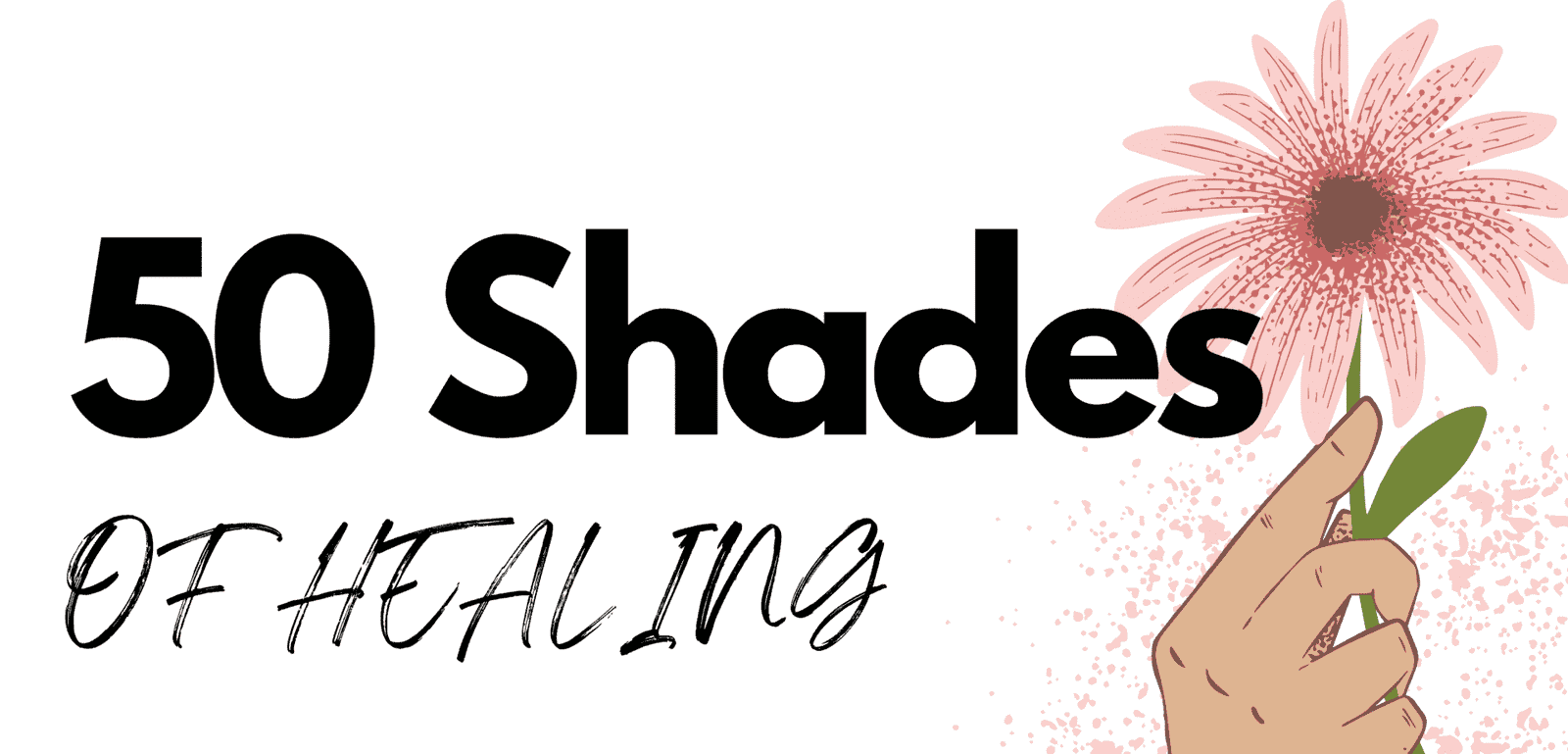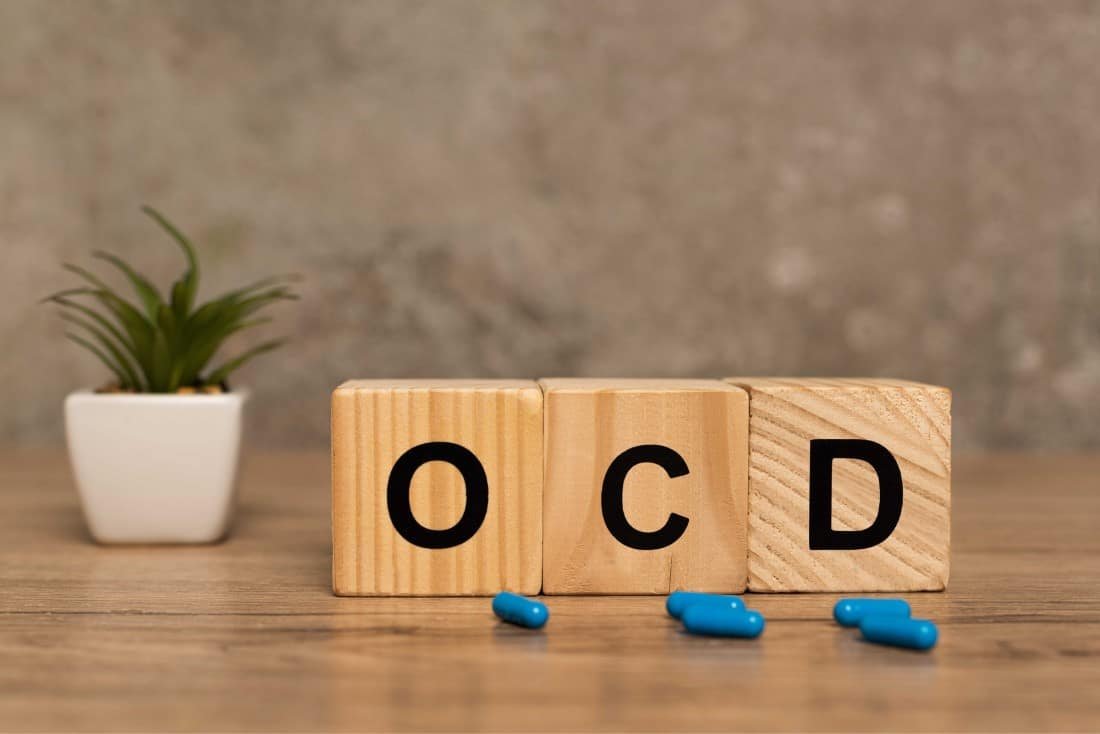What Is Post-Traumatic Stress Disorder?
Learn about Post-Traumatic Stress Disorder and how one can develop PTSD. Here you will learn how to identify PTSD signs and symptoms, treatment, and how to help someone with PTSD.
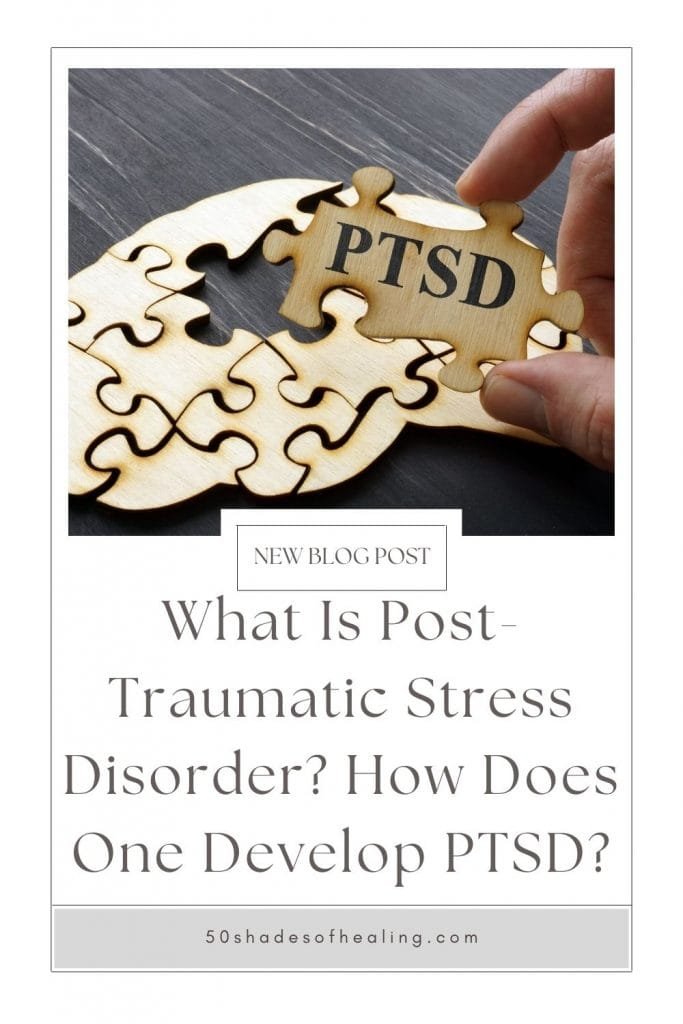
This is a common psychiatric disorder that does not affect men in combat alone. This affects anyone who has had experiences with trauma during their childhood or even adulthood.
This trauma can be in a form of a natural disaster, accidents, abuse, violence, or serious injuries.
What is Post-Traumatic Stress Disorder?
PTSD is a serious mental disorder that affects more than a million adults each year. It used to be called shell shock or battle fatigue syndrome since it was commonly seen in soldiers who came from combat to manifest a change in behavior brought about by traumatizing experiences on the battlefield.
This mental illness causes intense pain, horror, and fear to the patients who have had a brush with traumatic experiences.
It is common for sadness, fear, anger, shock, and nervousness to occur to us when we are placed under a great amount of stress or trauma. However, a normal person can just move on from all of these.
In a person with Post-Traumatic Stress Disorder, these feelings become increasingly strong and disturbing and it disrupts a person’s ability to function normally. Their symptoms last for longer than a month.

Risk Factors for Developing PTSD
Each year, 7 to 8 percent of the population is diagnosed with PTSD. Women are more predisposed to developing this mental disorder than men. Here are the other risk factors for PTSD:
- People with previous experience of trauma, rape, car accident, or acts of violence are more susceptible to developing Post-Traumatic Stress Disorder. The stress of trauma brought about by these situations or circumstances is cumulative. New experiences may trigger or exacerbate the negative effects of the previous trauma.
- People with a history of abuse. Any history of physical, emotional, or sexual abuse can bring about feelings of hopelessness and helplessness. This will late on be triggered when new stress will present itself to the patient.
- Family history of depression and PTSD. People with mental health disorders have a higher risk of developing PTSD.
- Poor Coping Skills. This is a very important part of growing up. When a person has developed good coping skills, any kind of stress or trauma can be put aside when he knows how to cope. This will greatly reduce negative long-term effects on his mental health when he can process and deal with it properly.
- History of substance abuse. People who turn to addictive substances to cope with these kinds of situations are more likely to develop PTSD.
- Lack of social support. Having a great support group or system can significantly help a person undergoing stressful or traumatic situations. With positive relationships and family support, a person can cope well with stress, unlike those who lack this type of support. An environment that is made of shame, guilt, and stigma, increases the risk of developing PTSD.
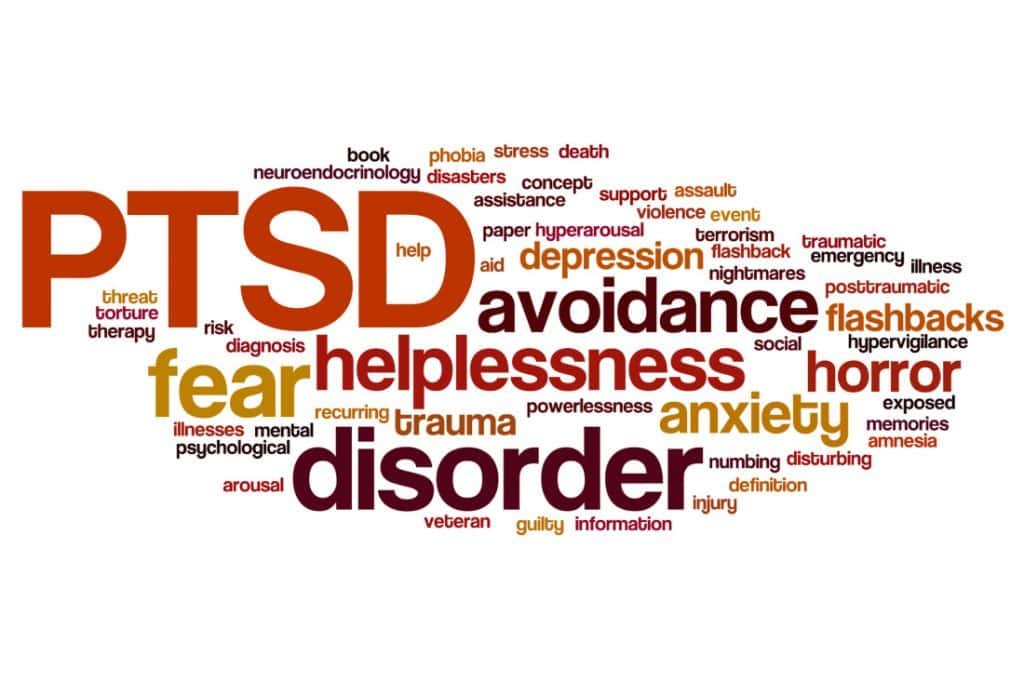
Why Does Post-Traumatic Stress Disorder Develop?
There’s no clear mechanism as to how this develops in a person, but several factors have been identified:
- It’s a survival mechanism. This makes you always “on edge” for trigger factors such as stress or trauma. Being on your toes all the time may seem helpful at the moment since you will be able to react quickly, but this will not help you process and deal properly with the situation at hand.
- High adrenaline levels. People with PTSD have increased adrenaline in their body, triggering a fight or flight response from their body. This also numbs whatever pain you may feel.
- Changes in the brain. In people with PTSD, the hippocampus in their brains appear smaller in size. Hippocampus memories and emotions. With this change in the brain, the person is unable to process memories and flashbacks accordingly and properly, thereby producing an unhealthy bodily response (i.e. PTSD symptoms).
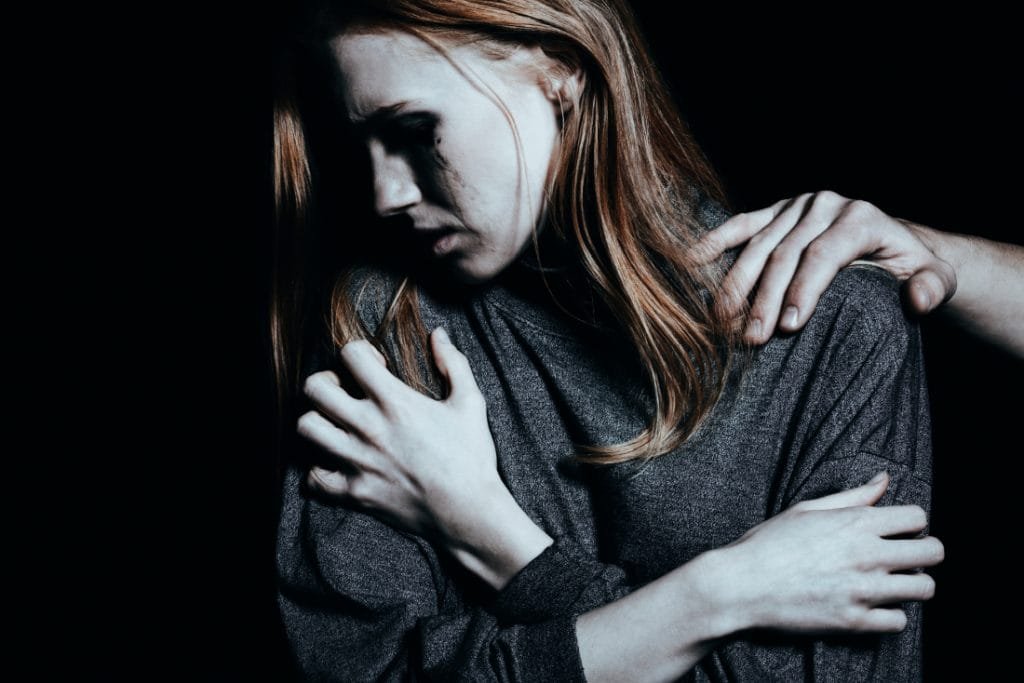
Symptoms of This Mental Disorder
PTSD is diagnosed when a person experiences symptoms that last more than a month, following a traumatic or stressful situation. However, not all people exhibit symptoms immediately after a traumatic event.
Some may even manifest when a familiar situation comes into play.
Post-Traumatic Stress Disorder is characterized by:
- Experiencing trauma again through intrusive recollection or flashback of a traumatic event and nightmares.
- Withdrawal of emotions and complete avoidance of any reminders of a traumatic event, including places, people, and activities.
- Always “on edge,” jumpy, irritable, short-tempered, with difficulty in focusing and sleeping.
PTSD symptoms are always severe, interfering with daily activities and function.
When to Get Help and Treatment for Post-Traumatic Stress Disorder
When the symptoms get troublesome and are progressively worse, it is time to seek consult.
Treatment for PTSD includes antidepressants and psychotherapies such as trauma-focused cognitive behavioral therapy (CBT) or eye movement desensitization and reprocessing (EMDR).

Self-Help and Coping
These self-help and coping tips will help you manage your symptoms in traumatic or stressful situations. Self-care is one of the most important coping skills for any mental health disorder.
- Coping with traumatic stress reactions. It is normal to feel all sorts of emotions during a negative experience. You may feel frustrated, angry, depressed, or betrayed. This will make you vigilant or guarded all the time. However, it can be more beneficial to your mental health if you just let these emotions and feelings run their course. The more time you take to process them, the more you can focus on responding rather than reacting. Take your time to ask yourself if these thoughts are helpful to you? By taking your time to process your emotions and thoughts, you can also assess and alter those negative feelings to positive ones.
- Practice mindfulness. Mindfulness is being aware of the present, including your thoughts, emotions, and experiences. This is done without judgment. You are allowing yourself to experience things without judgment. This means feeling your emotions without suppressing them or pushing them away. You are letting them run their course. This is an excellent processing activity since it makes you aware of the present. This helps in coping with stress or difficult emotions. With this, you can also practice relaxation techniques and breathing exercises that will help calm you down as you go through your emotions and bodily sensations.
- Self-care routine. Have a self-care routine. Feeling good about yourself will make you respond more positively and reduce symptoms of PTSD, anxiety, and depression. Go for a walk. Eat healthy. Sleep early. Listen to music. Go out with friends every week. Get a hobby. Start a journal. Make a schedule. All these will help you become more positive in life.
- Join a support group. A support group lets you talk about your experiences without judgments. They listen and support each other through negative and traumatic experiences. This can be a release for you. Letting out all your pent-up emotions to people who have similar experiences and emotions is an excellent way of release.
- Positive affirmations. You may call this a mantra or quote. These positive affirmations can help you feel good about yourself. And when you think positively about yourself, you can relate positively with others.
- Get a dog. Dogs make great pets. They help bring out feelings of love. They are also good companions and can take orders when well-trained. They are fun and can significantly help reduce stress. They can give you a reason to go out and meet new people.
The first step to identifying PTSD is to understand what it entails. If you or anyone you know has any of the symptoms and signs we’ve discussed, please seek professional help as soon as possible.
There are many resources available for those suffering from PTSD, including self-help groups such as Combat Stress Recovery Program (CSRP). Getting treatment can be a long process but with patience and commitment, there will be an end in sight.
Remember that your loved ones may need support too so don’t forget to take care of yourself!
